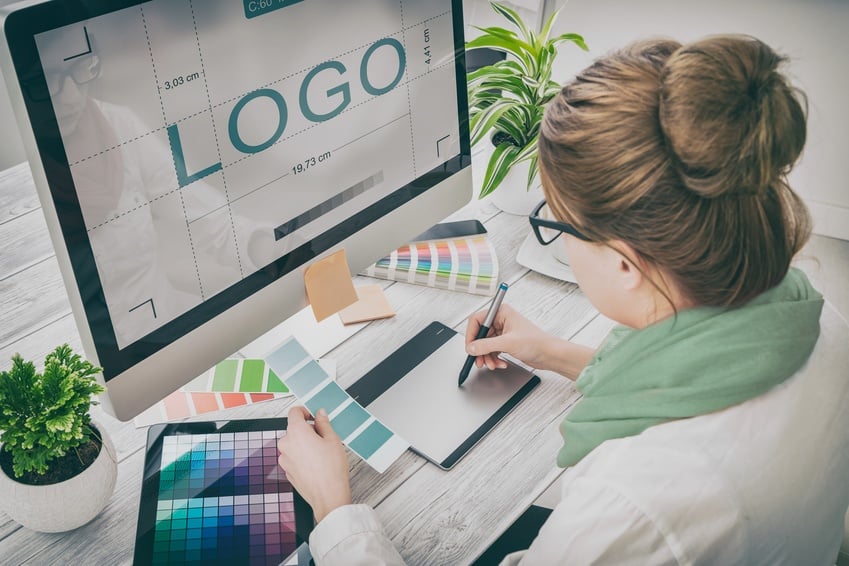If you work like me as a visual (interaction) designer on big concepts with multiple colleagues over months to a year, you face completely different challenges than when developing a small concept.
In this article I want to describe some of these challenges – especially the ones which have influence on the choice of your visual design tool.

How can you work together efficiently on a complex design, and how can you create a concept such that it is both scalable and maintainable?
A complex visual design always involves recurring colours, symbols and typography, but what if the customer wants to change the use of a specific colour or symbol several months into a project?
Colours are often reused throughout an entire design. I come across this scenario often in my projects; it can be really challenging to manage a complex design concept in a way that allows you to react quickly to such changes.
How can you keep track of a complex design concept?
Experience shows that many tools become sluggish and error-prone as concepts become larger. Opening individual project files can become a pain, and programs crash more frequent with increasing file size.
Nevertheless a visual designer is now expected to deliver a design such that developers can implement according to the customer’s requirements.
But how can you communicate a design to developers without immense effort?
Including measurements, colour definitions and assetes in a design concept manually is not a good idea, especially in relation to changing requirements in agile projects, because they would have to be adapted with every change. A visual design must work not only on desktop computers, but also on tablets and smartphone – and should be testable before publishing.
But how can you create an interactive prototype from your design quickly such that it is testable and presentable?
A clickable prototype is very important: When a visual designer shapes individual elements, they also need to be able to see and test the whole composition – and not only for dektop computer but also on tablets and smartphones. Furthermore a clickable prototype is ideal in order to get initial feedback from the customer.
Where and how should you collect feedback when you present a concept to a customer?
In meetings you don't have much time and often customer would like to have the opportunity to look at the concept later in order to insert comments at individual points. Depending on the selected visual design tool, you also get a lot of support in the design process in form of smart guides or input aids with domain-specific sample data. If an application was specially designed for the design of interfaces, you notice that in your daily work immensely.
You see: There are a lot of things that need to be considered by a visual designer in complex projects and many problems that need to be solved. To keep this in mind and an eye on the project planning makes things easier – and the choice of the best visual design tool for your project is maybe even more important.
In a second article, I would like to introduce you to the common tools with which I have already worked and to evaluate them with regard to their possible applications.

Comments